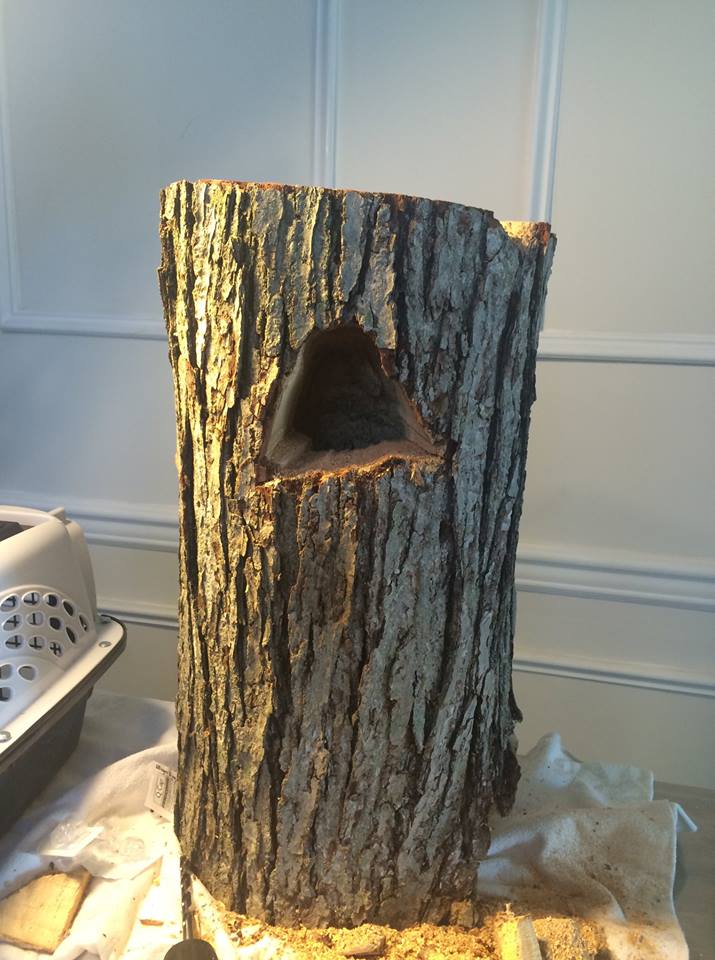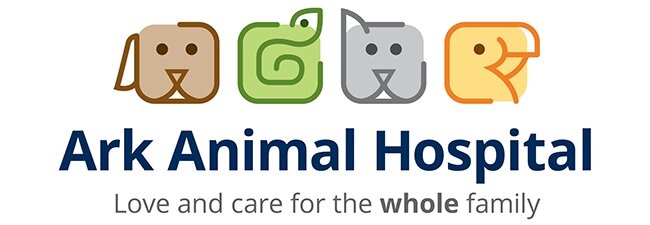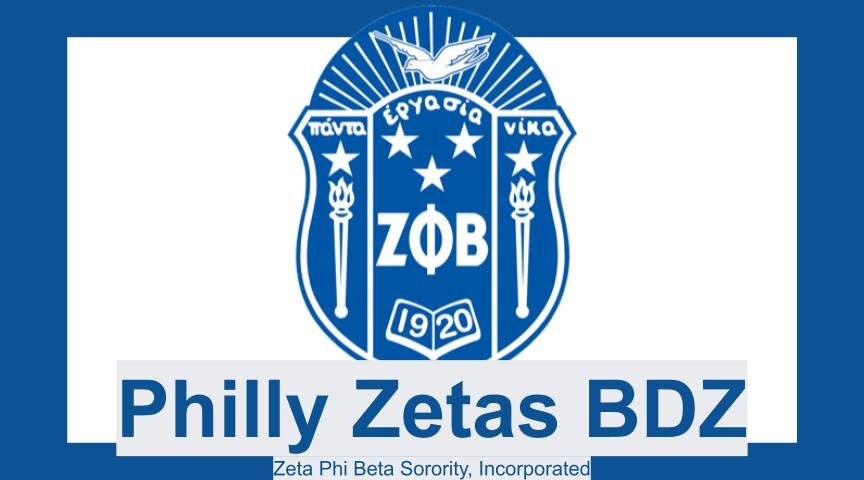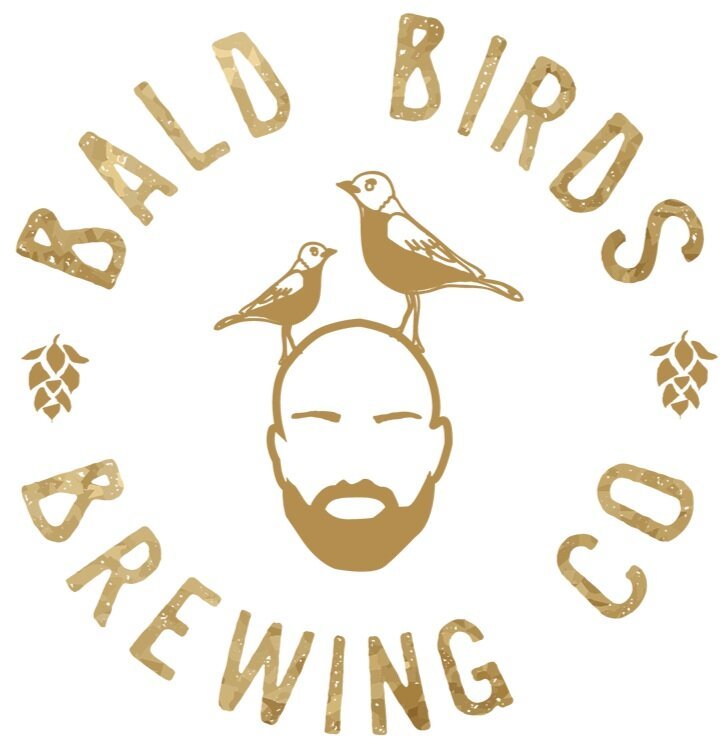Our first blog post is the story of a dramatic rescue at the Philly Metro Wildlife Center. Someone had to cut a dead tree down, but it had TWO holes in the trunk. The nice tree guy cut the trunk into pieces and brought them to us. The first piece of trunk was making sounds like baby red-bellied woodpeckers inside, but woodpecker parents don't just bore a hole straight into a tree--instead, they bore a hole in, then deep down. Specifically, narrow enough and deep enough that a raccoon can't get his arms down there, or a hawk can't reach his talons down there, to pull the babies out to eat them. In this case, no human could get a hand in there, not even Tyrion Lannister. So how did we get the babies out without hurting them?
First, we had to widen the hole. We started with a saw, cutting two longitudinal lines down, then using a drill to make holes across and then router-out the holes and remove the piece of wood. The rehabbers Rick and Michele have been doing this kind of work for a combined 31 years, so we know exactly how to do it without hurting babies. Don't try this at home! When we were done, it was wide enough for a woman to get her hands in. What did we find?
With the hole widened, volunteer Moya Kinnealey, who has been with us for 13 years, was able to get her hands in and safely withdraw the babies--4 red-bellied woodpeckers! They were alive and doing well, and recently hatched! You can still see the egg tooth if you look closely. BUT--the story is not over yet...this tree had one more surprise for us!
Baby red-bellied woodpeckers!
This particular tree had TWO holes in it. The second contained a baby screech owl.
This is a sad thing--two families disrupted, two sets of parents devastated, two different species unhomed. And screech owl nests typically have 3 or 4 babies, not 1, so the others must have fallen or jumped out beforehand, and are lost. However, through wildlife rehab we were able to salvage some of the situation and give some of these beautiful animals a second chance.
Below is a photo of the woodpecker babies after they have grown a bit, looking happy and healthy! The screech owl baby also did very well and was eventually released! A true success story!
At Philadelphia Metro Wildlife Center, our mission is to provide support and rehabilitation to injured and orphaned wildlife, and to inspire and educate people to care about and coexist with wildlife. We accomplish this work with the support of our dedicated volunteers and are purely funded through donations. Please help us accomplish our mission by sharing this blog post, following our stories, and providing donations of supplies or funding. Any questions? Please send an e-mail to info@phillywildlife.org





















